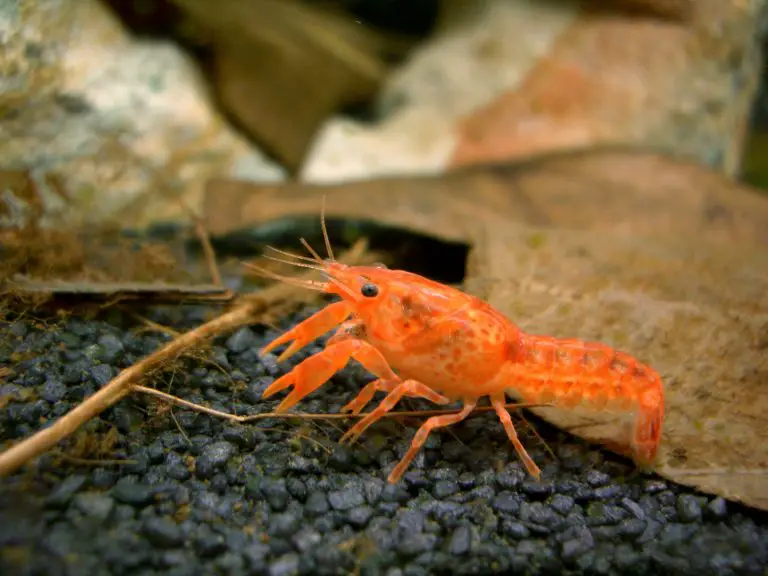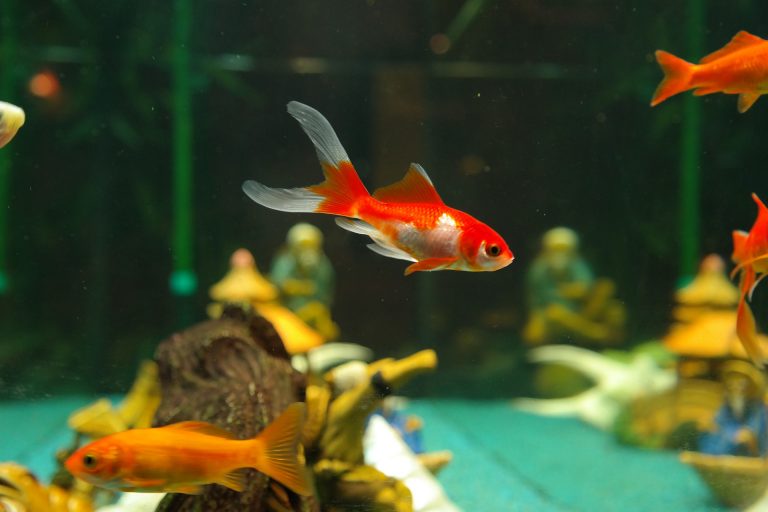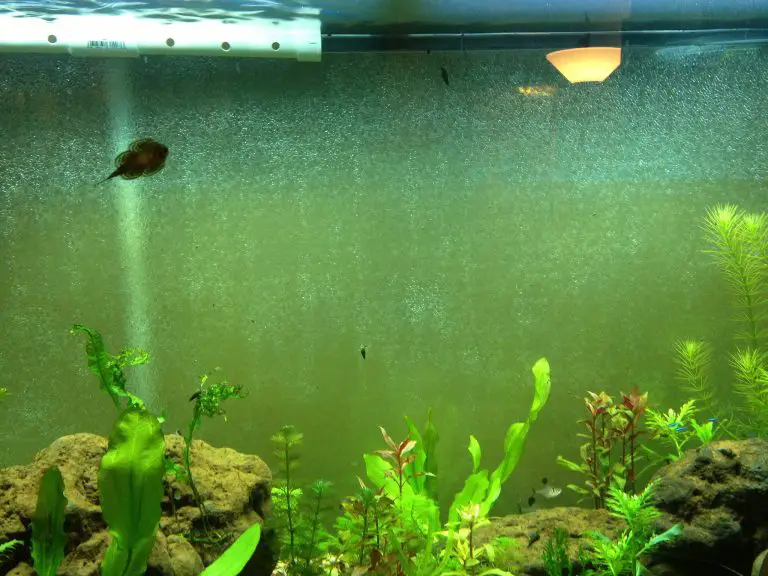How to maintain your aquarium
Aquarium maintenance is one of the key features to keeping a healthy ecosystem in your aquarium and making sure that the fish are healthy. Having an aquascape aquarium just calls for more maintenance and water changes in order to keep it sustaining and healthy. Therefore, it is essential that you follow regular maintenance of your tank and see to it that your tank is healthy.
Importance of aquarium maintenance
- Healthy environment for fish: A clean and properly maintained aquarium is essential for creating a healthy environment for your fish. By performing regular water changes and keeping the tank free of excess food and waste, you can help to ensure that your fish have access to clean, oxygenated water and a healthy ecosystem.
- Disease prevention: Proper maintenance can help to prevent the spread of diseases among your fish. By regularly cleaning the tank and quarantine new fish before introducing them to the main tank, you can help to reduce the risk of diseases being transmitted from one fish to another.
- Algae control: Algae growth can be a common problem in aquariums, but regular maintenance can help to keep it under control. By performing regular water changes and pruning overgrown plants, you can help to reduce excess nutrients in the water and prevent algae blooms.
- Aesthetically pleasing: A clean and well-maintained tank is more aesthetically pleasing to look at and can be a relaxing and enjoyable hobby.
By regularly maintaining your aquarium, you can help to create a healthy and beautiful home for your fish and enjoy the benefits of having a well-cared-for aquarium.
How to maintain your aquarium
Some essential ways to maintain your aquarium are regular water changes, water testing, gravel cleaning, trimming of the plants, cleaning the filter media and checking on the cleaning equipment, and quarantining the new or sick fish.
Test the water regularly
Regular water testing is an important part of maintaining a healthy aquascaped aquarium. Use a test kit to check the levels of ammonia, nitrite, and nitrate in your tank. These levels should be as close to 0 as possible. Ammonia and nitrite can be toxic to fish, even at low levels, while high levels of nitrate can lead to algae blooms.
Perform regular water changes
Regular water changes help to remove excess food and waste from the tank, which can help to prevent the build-up of harmful chemicals like ammonia and nitrite. It is generally recommended to change out about 20% of the water in your tank each week. When performing a water change, be sure to use a dechlorinator to remove any chlorine or chloramines from the tap water, as these chemicals can be toxic to fish.
Clean the gravel
Use a gravel vacuum to remove excess food and waste from the bottom of the tank. You can also use a toothbrush or other small brush to scrub away any algae or other debris that may have accumulated on the rocks or other decorations. It is important to clean the gravel thoroughly, as uneaten food and fish waste can decompose and release harmful chemicals into the water.
Trim your plants
Trimming dead or overgrown plants helps to keep the tank looking neat and helps to prevent excess algae growth. When pruning plants, be sure to use clean scissors or pruning shears to avoid introducing any unwanted contaminants into the tank.
Check your filter and other cleaning equipment
Make sure that your filters, bio media and other equipment are functioning properly and clean them according to the manufacturer’s instructions. A dirty or clogged filter can reduce the efficiency of the filtration system, which can lead to poor water quality and unhealthy conditions for your fish.
Quarantine new fish
Before introducing any new fish to your tank, it is important to quarantine them for at least two weeks to ensure that they are healthy and free of any diseases that could potentially harm your other fish. This can be done by setting up a separate tank or quarantine area and observing the new fish for any signs of illness. If the new fish appear healthy after the quarantine period, you can then introduce them to your main tank.




